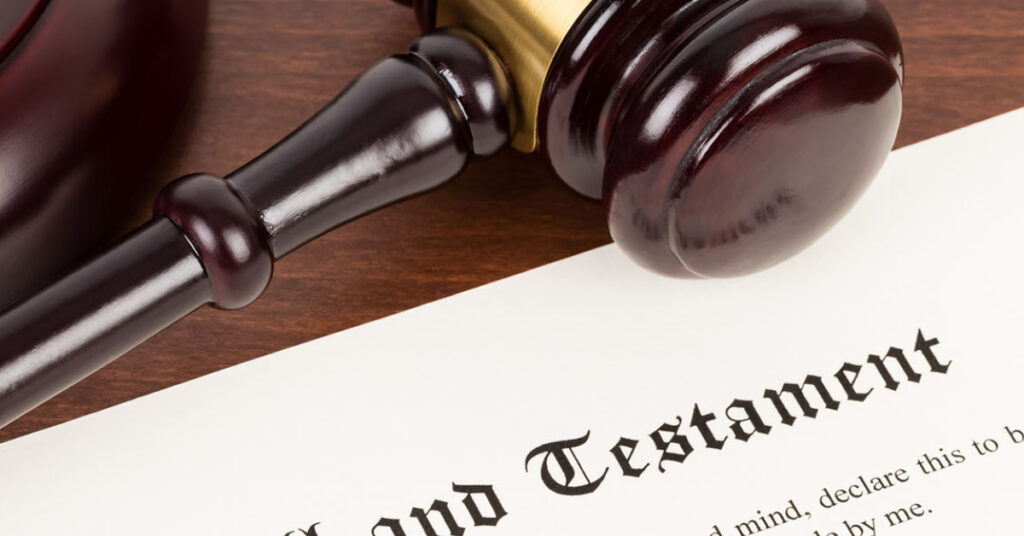This episode is a legal update with a higher view of planning to include three necessary philosophies of wealth planning to help you make the appropriate decisions. The episode describes the 2020 Secure Act but in the context of estate planning law, dating back to British medieval common law, three other important legal changes in the preceding five years and the new reality of planning with retirement accounts. This episode introduces you to idea of “workarounds”. Yes, that’s right! We can mitigate the negative impacts of the SECURE Act.
On December 20, 2019, President Trump signed the Setting Every Community Up for Retirement Enhancement Act (SECURE Act). The SECURE Act, which is effective January 1, 2020. The SECURE Act has several positive changes: It increases the required beginning date (RBD) for required minimum distributions (RMDs) from your individual retirement accounts from 70 ½ to 72 years of age, and it eliminates the age restriction for contributions to qualified retirement accounts. However, one provision of SECURE nullifies all of the benefits of the act and is a threat to your family’s generational wealth. That is a bold statement, I realize. I stand by it.
The SECURE Act does provide a few exceptions to this new mandatory ten-year withdrawal rule: spouses, beneficiaries who are not more than ten years younger than the account owner, the account owner’s children who have not reached the “age of majority,” disabled individuals, and chronically ill individuals. However, proper analysis of your estate planning goals and planning for your intended beneficiaries’ circumstances are imperative to ensure your goals are accomplished and your beneficiaries are properly planned for.
Most people do not care enough to spend time let alone money on taking specific actions to adjust their plan, if they have one, to account for the changes brought to us courtesy of SECURE. Perhaps, there is nothing wrong with this attitude. If you view SECURE from the perspective of the government, it makes sense. Too much money is being protected for the benefit of families and not taxed. The government and even the economy is better off to get that money back into circulation.
However, I doubt that people decide to pay unnecessary taxes, fees and stand idly by as wealth is lost because they are on the government’s side. During most of my career, I thought this attitude, that action should not be taken to avoid a financial loss, was just a mental hiccup, a cognitive bias that prevents some people from making correct decisions about wealth. However, as I have grown in my profession, I now see that it is more related to one, of three, philosophies about wealth. Unfortunately, the attitude that is passive about protecting wealth is the traditional and, therefore, prevalent model. The reasons it is traditional is all about human longevity. Throughout all of human history, humans have lived short lives. In the Middle Ages, when probate and trust law invented, men lived, on average, to be just twenty-five years. That average age was not doubled until the early 1900s, over a thousand years later. However, in the last century, the average life expectancy of an American male has almost doubled again. Biologically, there are more opportunities and different challenges than the current perspective of the Law even realizes.
The law is reactive, not proactive. As such, the traditional model has only sought to pass wealth from an asset owner to the next generation because the asset owner would live a short life as would the next generation. Life has been so difficult in terms of survival, the Law has simply left it at that. As such,
There are three models in planning, the traditional model is estate planning and views life and, therefore, wealth, as short. The other two models do not. I will refer to these models often and you should always think in their terms because the model you choose will require actions specific to that planning model. If you view the purpose of your money as a simple, outright transfer to the next generation, then estate planning is your swim lane. SECURE Act is not a threat because the estate planning model is not focused on the protection of wealth beyond just your lifetime. However, if you view wealth as the means by which you plan to empower your family for more than your life plus ten years, then one of the two other models are applicable to you.
THE THREE MODELS OF PLANNING
Estate Planning
The objective of estate planning is estate transfer. The word “estate” is a legal term that refers only to the assets once owned by a now deceased person. The Law is reactive, not proactive. Therefore, traditional estate planning limits its objective to the transfer of assets of a person to either a spouse or the next generation in a limited way.
Asset Protection
The objective of asset protection is different. Asset protection, as I define it, includes all of estate planning but has the focus is on the protection of assets while the assert owner, his or her spouse are still alive. The trigger event for estate planning is the death of the asset owner. The trigger event of asset protection is now!
Generational Family Wealth Planning
The objective of family wealth is to strengthen a family around a set of core values and a vision for the future. The assets of a successful family finances the family using all of the tools of estate planning and asset protection but the time horizon is seven generations. There is an entire course dedicated to the devices you used to this model.






